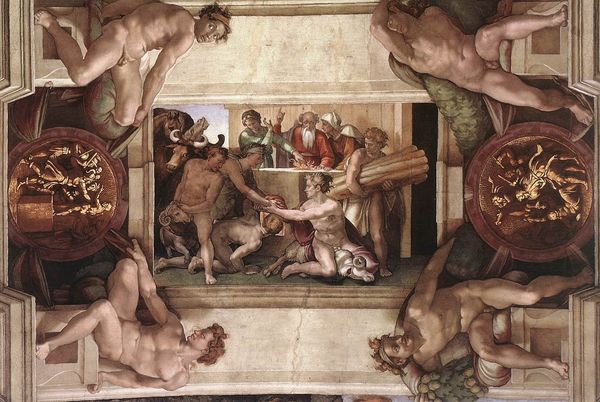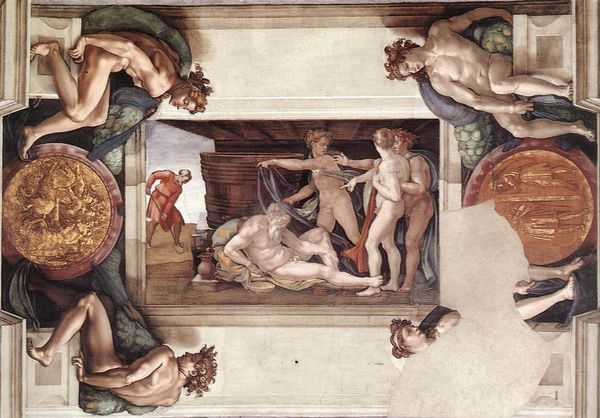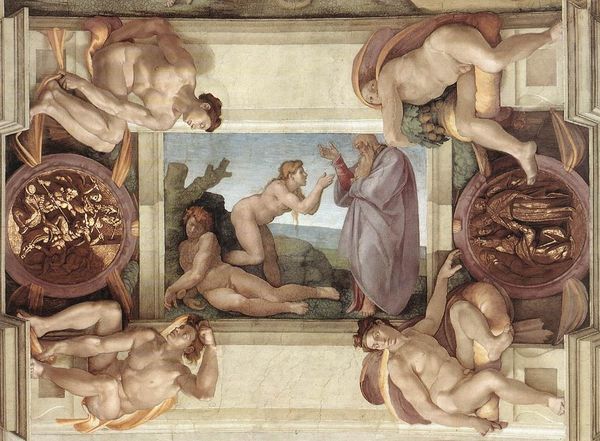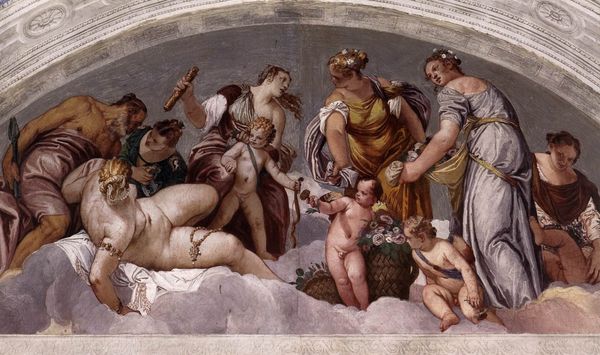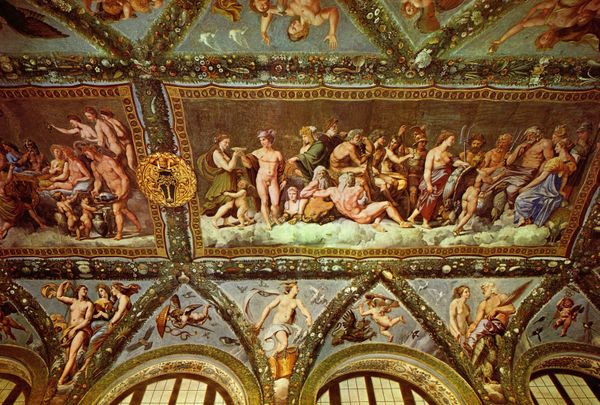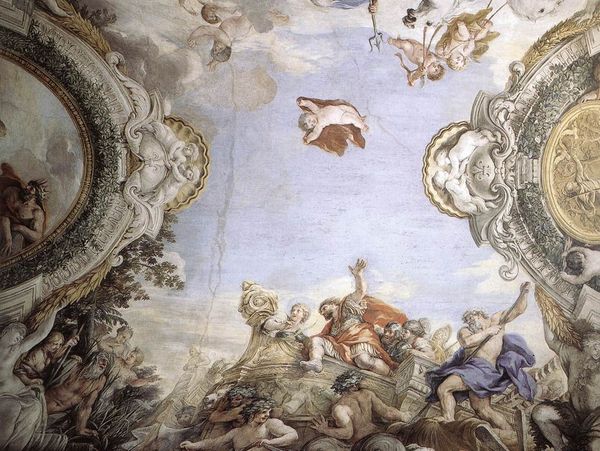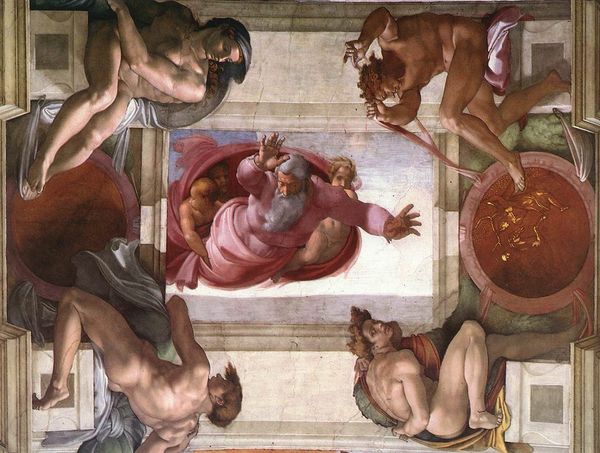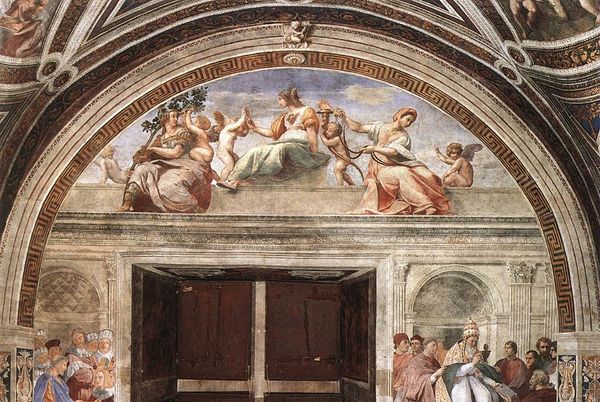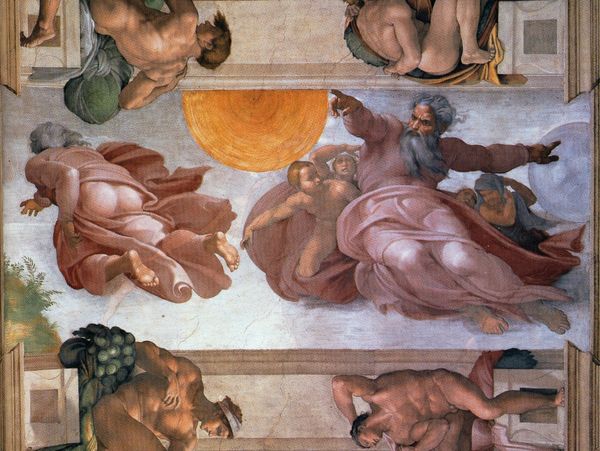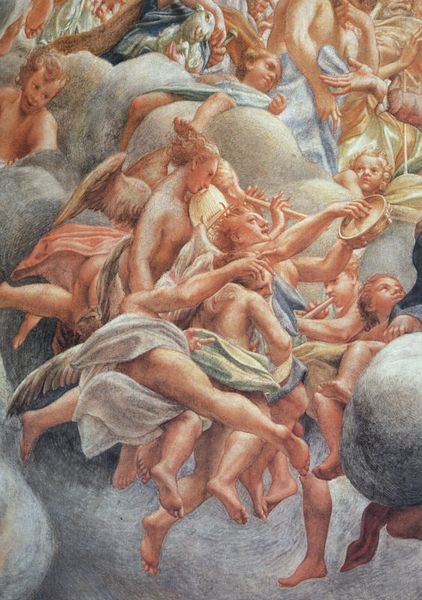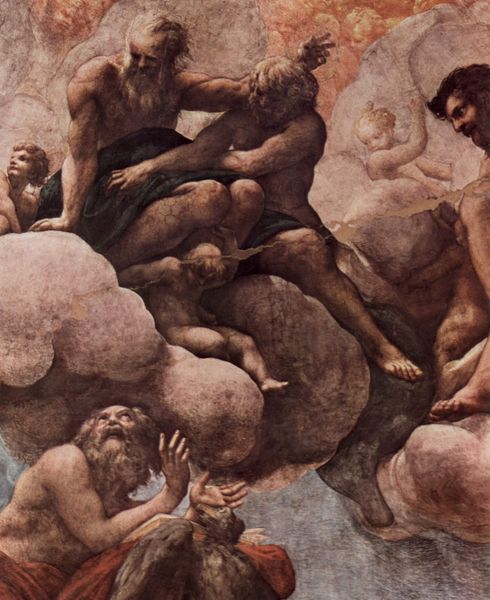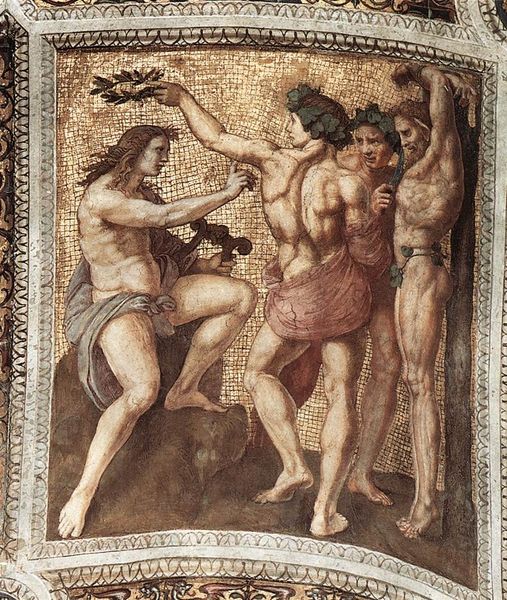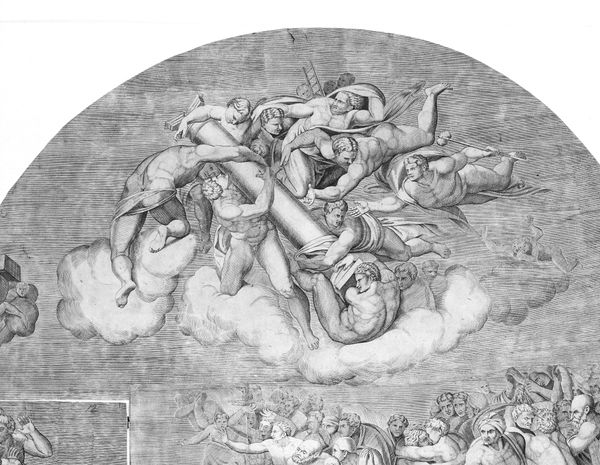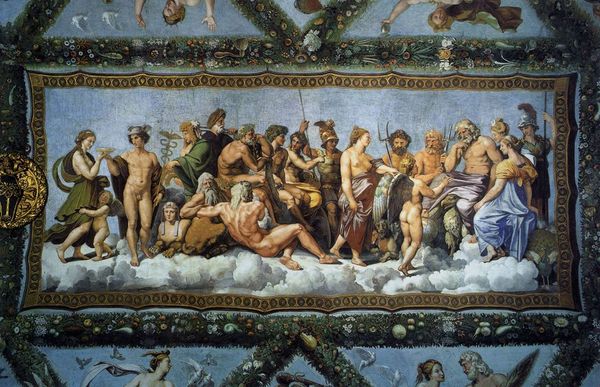Sistine Chapel Ceiling: The Temptation and Expulsion 1512
🔒Audio guide available with collection purchase
pen
#
toned paper
#
abstract painting
#
animal
#
charcoal drawing
#
possibly oil pastel
#
oil painting
#
acrylic on canvas
#
underpainting
#
pastel chalk drawing
#
arch
#
christianity
#
mythology
#
human
#
painting painterly
#
pen
#
watercolor
#
angel
#
christ
Copyright: Public domain
Comments
No comments
Be the first to comment and join the conversation on the ultimate creative platform.

